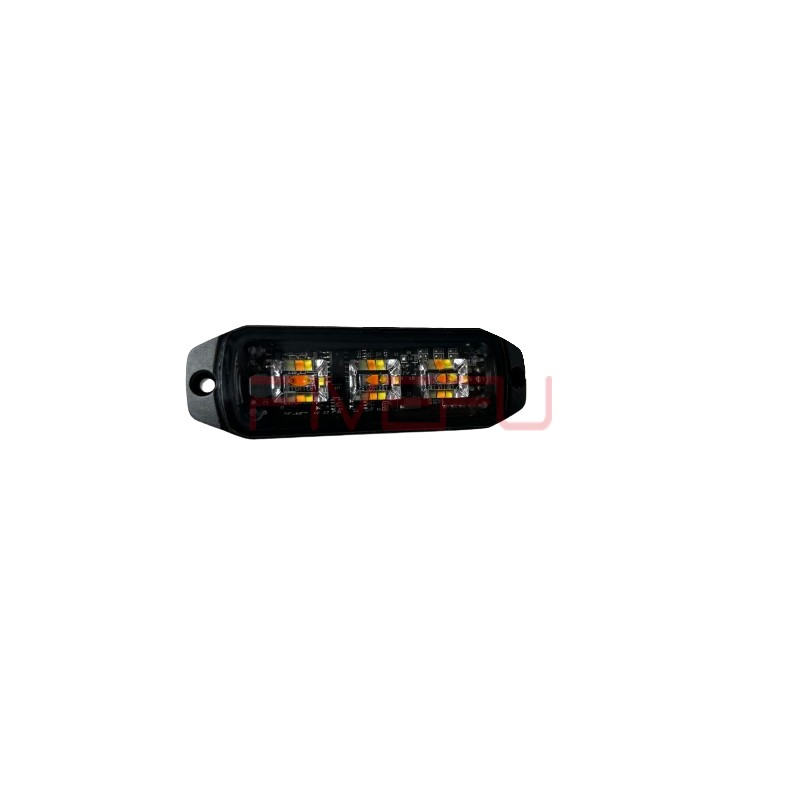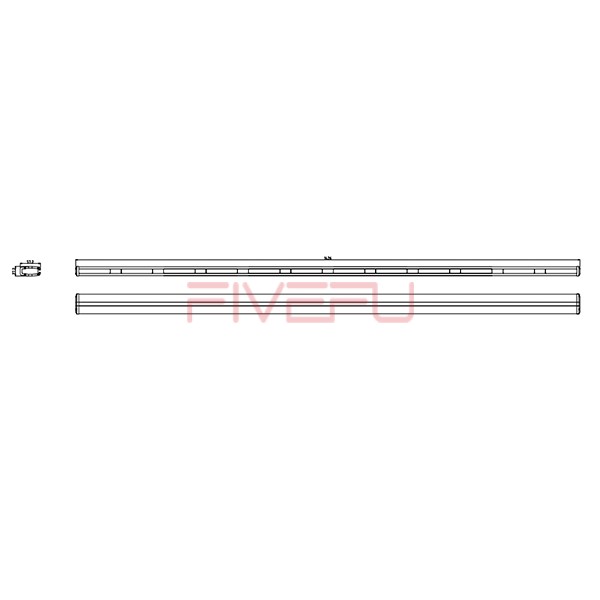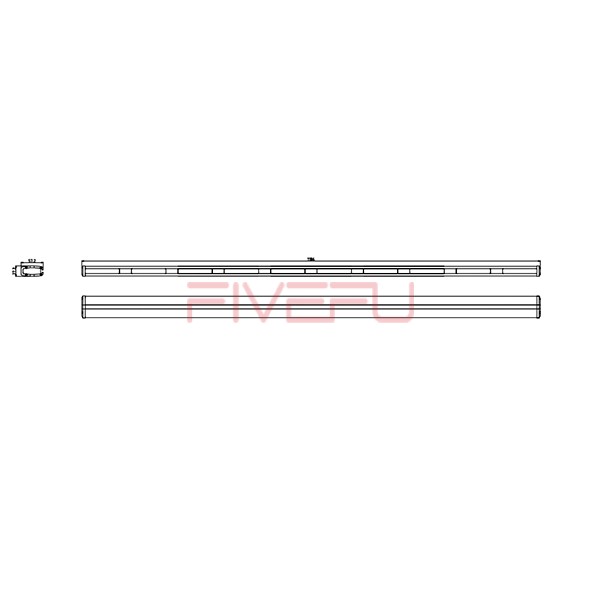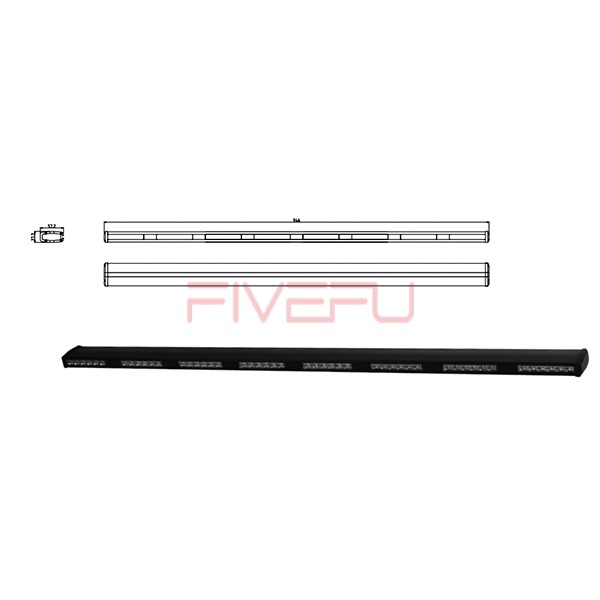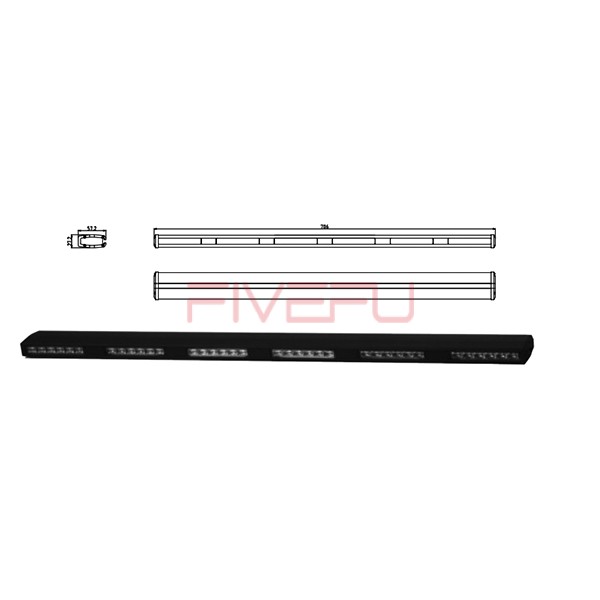A warning light on your dashboard can be alarming, especially if it’s related to your brakes. Ignoring it can lead to brake failure, increasing the risk of accidents. Understanding what your brake system warning light means can help you take quick action and ensure your safety.
The brake system warning light signals a potential issue with your vehicle’s braking system. It could indicate low brake fluid, worn brake pads, or a failing ABS system. Immediate inspection is necessary to ensure safe driving.
Keep reading to understand what different warning lights mean and whether it’s safe to drive when they appear.
What Does the Brake System Warning Light Mean?
The brake system warning light is one of the most critical alerts on your dashboard. When illuminated, it indicates a possible issue with your braking system.
- Low Brake Fluid
A common reason for this warning light is low brake fluid, which can affect braking performance. This could be due to a leak or normal wear of brake components. - Parking Brake Engaged
If your parking brake is engaged, the warning light will remain on. Always check if it is fully released before assuming a more serious issue. - Brake System Malfunction
In some cases, this warning light signals a broader braking system problem, such as a failing master cylinder or hydraulic pressure imbalance.
Ignoring this warning light could compromise your braking efficiency, making your vehicle unsafe to drive.
What Does the Anti-Lock Brake System (ABS) Warning Light Mean?
The ABS warning light is different from the general brake system warning. ABS (Anti-Lock Braking System) prevents wheels from locking up during sudden braking, improving control.
- ABS Sensor Malfunction
A faulty ABS sensor can trigger the warning light. If the system cannot detect wheel speed properly, ABS might not function correctly. - Blown Fuse or Wiring Issues
Electrical issues, such as a blown fuse or damaged wiring, can prevent ABS from activating when needed. - Brake Fluid Problems
Low brake fluid can affect ABS operation, leading to the warning light appearing on your dashboard.
While a malfunctioning ABS does not prevent regular braking, it may reduce your ability to stop safely in emergencies.
What Does the Brake Pad Warning Light Mean?
The brake pad warning light is a crucial indicator of your brake pads’ condition. Modern vehicles have sensors that monitor brake pad wear.
- Worn Brake Pads
When pads wear down to a critical level, the sensor triggers the warning light, reminding you to replace them. - Sensor Issues
In some cases, a faulty sensor can falsely activate the warning light even if brake pads still have life left. - Brake Performance Decline
If this warning light is ignored, braking performance will deteriorate, increasing stopping distances and the risk of brake failure.
Regular brake pad inspections help prevent unexpected warning lights and ensure optimal braking power.
Is It Safe to Drive With the Brake Warning Light On?
If your brake system warning light is on, you should take immediate action to ensure your safety.
- Check for Obvious Issues
First, ensure the parking brake is fully released. If the warning light remains, check for visible brake fluid leaks. - Avoid Driving Long Distances
If the warning light is steady and you notice reduced braking performance, drive cautiously to the nearest mechanic. - Do Not Ignore a Flashing Warning Light
A flashing or red warning light signals a critical issue. Stop driving immediately and seek professional assistance.
Your braking system is vital for safety. Addressing any warning light immediately can prevent dangerous situations on the road.
Final Thoughts
A brake system warning light is a serious alert that should never be ignored. Identifying the cause early ensures safe and reliable braking performance.
